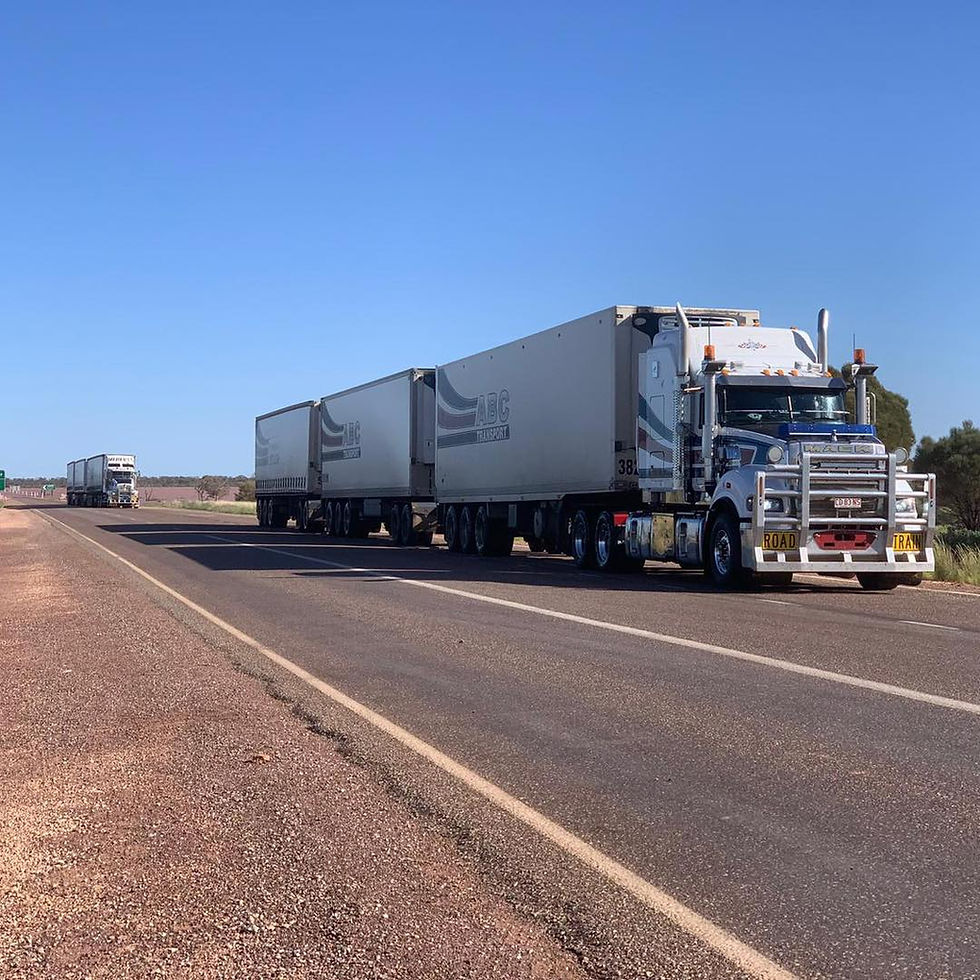Is this the Coalition's swansong budget?
- Rikki Lambert
- Mar 29, 2022
- 4 min read
Updated: Mar 29, 2022

A cut to fuel taxes and a handout to welfare recipients might be the final parting gifts of a Coalition government if, as is widely expected, they are swept from office by Albanese Labor later this year.
Tuesday night's federal budget contained few surprises, such as the forecast temporary halving of fuel excise - something the Coalition initially told petitioning premiers that they would not do. Halving the 44 cents in the litre for 6 months will cost the budget (or return to taxpayers, if you prefer) $2.9 billion. Relief at the bowser will take up to two weeks to flow through, but the excise cut is projected to save a family with two cars around $30 a week - or $700 in total.
As Flow predicted on Monday, a handout of $250 has been delivered to around 6 million Australians that receive a variety of Centrelink payments, while a one-off $420 tax offset goes to 10 million low to middle-income earners. All up, the 'cost of living' spending stimulus package will cost $8.6 billion.
Prime Minister Scott Morrison says anyone who thinks the budget is only a bid for the federal government's re-election needs to "read more than the first page", telling the Seven network on Wednesday:
"... there's $21 billion of investment in our regions. More than 80 per cent of our goods exports come from our regional areas, and in this budget is the single largest transformational investment in our regions to grow Australia's wealth."
ANZ Chief Economist Richard Yetsenga observed:
"This budget shows only a $A1.8 billion improvement in the budget balance over the coming year. Spending is 27.8 per cent of gross domestic product (GDP) - second only to last year’s 31.6 per cent of GDP record. The economic forecasts are on the conservative side, suggesting additional spending could even be forthcoming after the election."
The Coalition government spent much time in regional areas spruiking their infrastructure spending beyond metropolitan areas. However, closer analysis reveals over $6 billion of the $7.1 billion energy security and regional development plan goes to regions outside of south-eastern Australia, principally going to Northern Territory, Queensland and Pilbara regions.
Longtime regional connectivity issues will be addressed, with more than $800 million to improve mobile blackspots along 8000 kilometres of regional transport routes.
The NBN's Fixed Wireless network and satellite services will be upgraded with a previously announced $480 million investment. It will improve broadband for one million households and businesses in regional, rural and remote areas.
The Coalition baulked at hotel and liquor groups' push for a cut to beer excise. The groups were calling for the tax on a keg of beer halved, dropping from $70 to $35, translating to a 40 cent cut in the price of a pint, while a schooner would be 30 cents cheaper. The government declined to introduce this measure, making only a small adjustment to taxation of so-called 'growler' drink distribution.
Staggeringly, as the Australian Financial Review points out on Wednesday morning, spending on the National Disability Insurance Scheme (NDIS) is expected to overtake spending on defence by 2024-25, according to budget papers, with expenditure blowing out by $40 billion over the forward estimates. Around 500,000 people are enrolled in the NDIS, as the federal government struggles to contain costs due to opposition from disability advocates.
Small businesses will get a tax deduction for training their employees and investing in new technologies like web design and cyber security.
New apprentices will be encouraged with $5000 payments and up to $15,000 in wage subsidies for employers.
Treasurer Frydenberg said the government was spending responsibly, with the budget deficit of $78 billion in 2022/23 narrowing to $43.1 billion in 2025/26.
Easing the pressure is the forecast jobless rate of 3.75 per cent, which is putting a lid on welfare spending.
Labor leader Anthony Albanese will deliver his budget reply on Thursday, but hit out on Wednesday at a 'desperate' budget:
Opposition Leader Anthony Albanese said the federal government "might as well staple cash to how-to-vote (cards)" for people as they enter polling booths this May, telling the Seven Network:
"It all disappears once the election is over and done with, that's the problem with this budget.
"It's a cynical ploy to get the government through an election, not a plan for a better future for Australia."
Shadow treasurer Jim Chalmers branded the budget an "act of political desperation", telling national radio on Wednesday:
"Australians know the government has just got the shovel out because they have to call an election in the next week or two.
"(Labor is) always up for a conversation about cost of living relief - the missing part of this budget is a plan that goes beyond May."
Dr Chalmers also said the budget papers conceal $3 billion worth of "secret cuts" that will not be revealed until after the election.
They are listed in the documents under "payment measure decisions taken but not yet announced".
He also cast doubt on the projected wage growth, with the budget predicting a tight labour market will accelerate wages growth from its current rate of 2.3 per cent to 3.25 per cent in 2022/23 and 2023/24, before edging even higher to 3.5 per cent beyond that.
"This government - before last night - made 55 wage forecasts and got it wrong 52 times, they are notorious for over-promising and under-delivering on wages," he said.






Comments